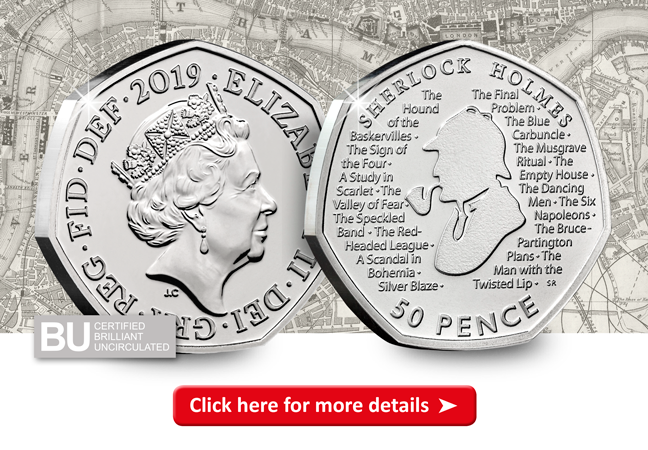Posts by Change Checker
Our Top Five British Authors celebrated on coins
On this day, 265 years ago, Samuel Johnson’s English Dictionary was officially published.
The dictionary is considered to be one of the most influential pieces of scholarship in the history of the English Language.
So influential in fact, it was used by famous authors such as Charles Dickens, Thomas Hardy and Oscar Wilde. The dictionary took eight years to compile and listed 40,000 words – quite the achievement!
In 2005, The Royal Mint honoured Johnson’s gruelling work with the ‘Dictionary’ 50p, issued to mark the 250th anniversary of its publication.
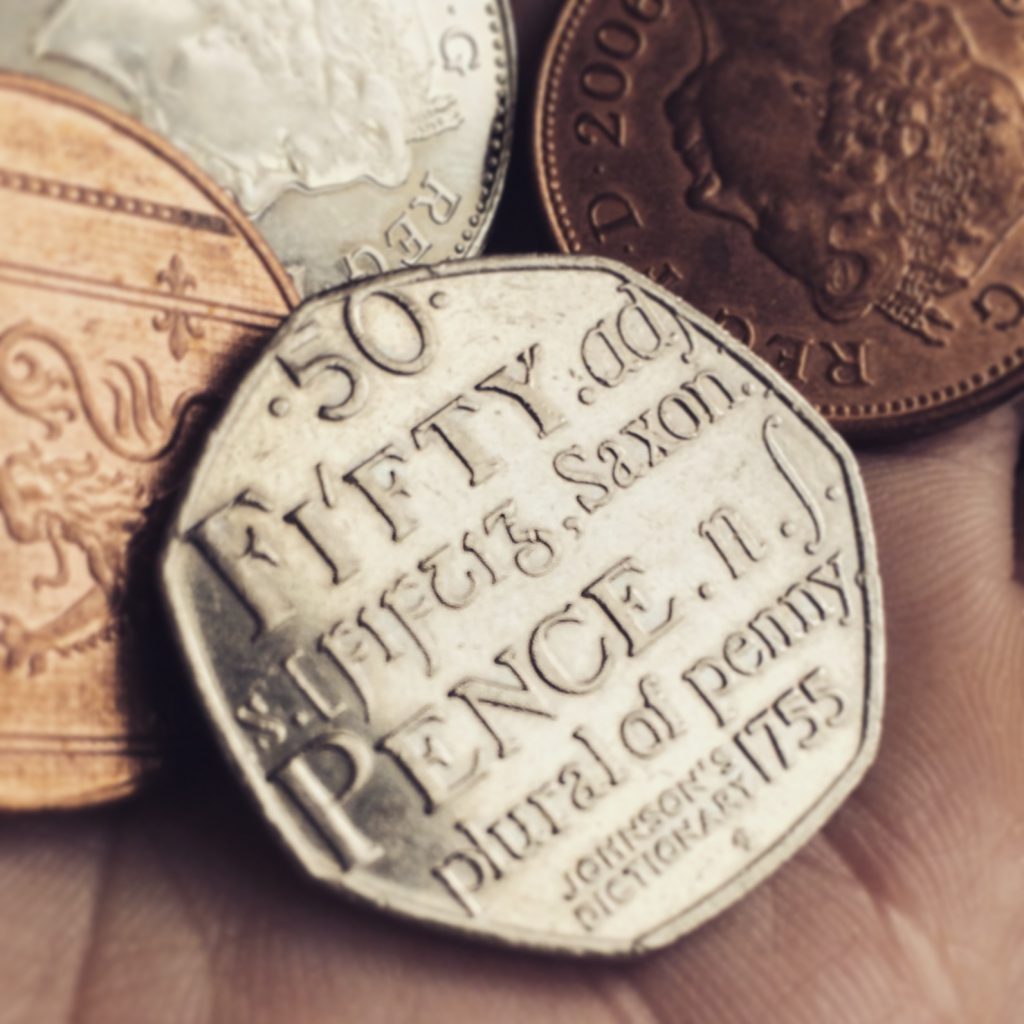
To celebrate 15 years since the release of this coin, we thought we would take the opportunity to explore the UK coins celebrating great British authors who have used Johnson’s dictionary.
Now, as many Change Checkers will already know, there’s been no shortage of great authors celebrated on our coinage – from classic children’s authors like Beatrix Potter and Julia Donaldson, to Victorian greats like Charles Dickens and Conan Doyle – there’s a big selection of coins to choose from!
To keep it simple, we’ve selected our Top Five below…
#5 2020 William Wordsworth £5
A brand new coin creeping in here in 5th place. This coin was issued in March of 2020 to celebrate 250 years since the birth of the famous poet and this is the first time Wordsworth has been celebrated on a UK coin.
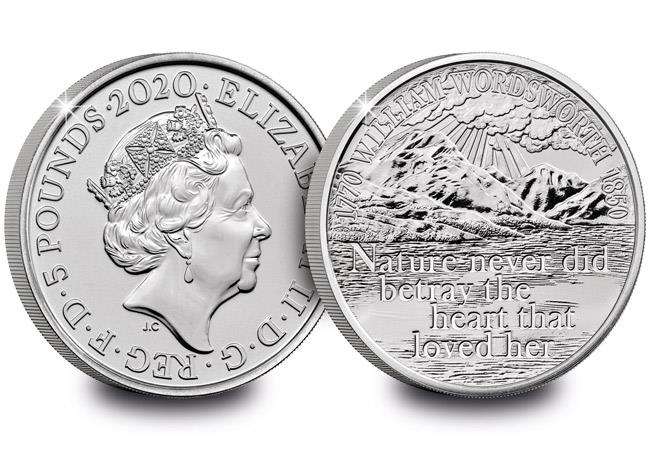
Wordsworth is considered one of the most popular poets to have written in the English language, gaining fame during the beginning of the English Romantic period.
Designed by David Lawrence, the reverse features lines taken from one of Wordsworth’s most celebrated poems, ‘Tintern Abbey’.
#4 Beatrix Potter Series
It just wouldn’t be a Change Checker coin list without the Beatrix Potter 50p series making an appearance – coming in 4th place here!
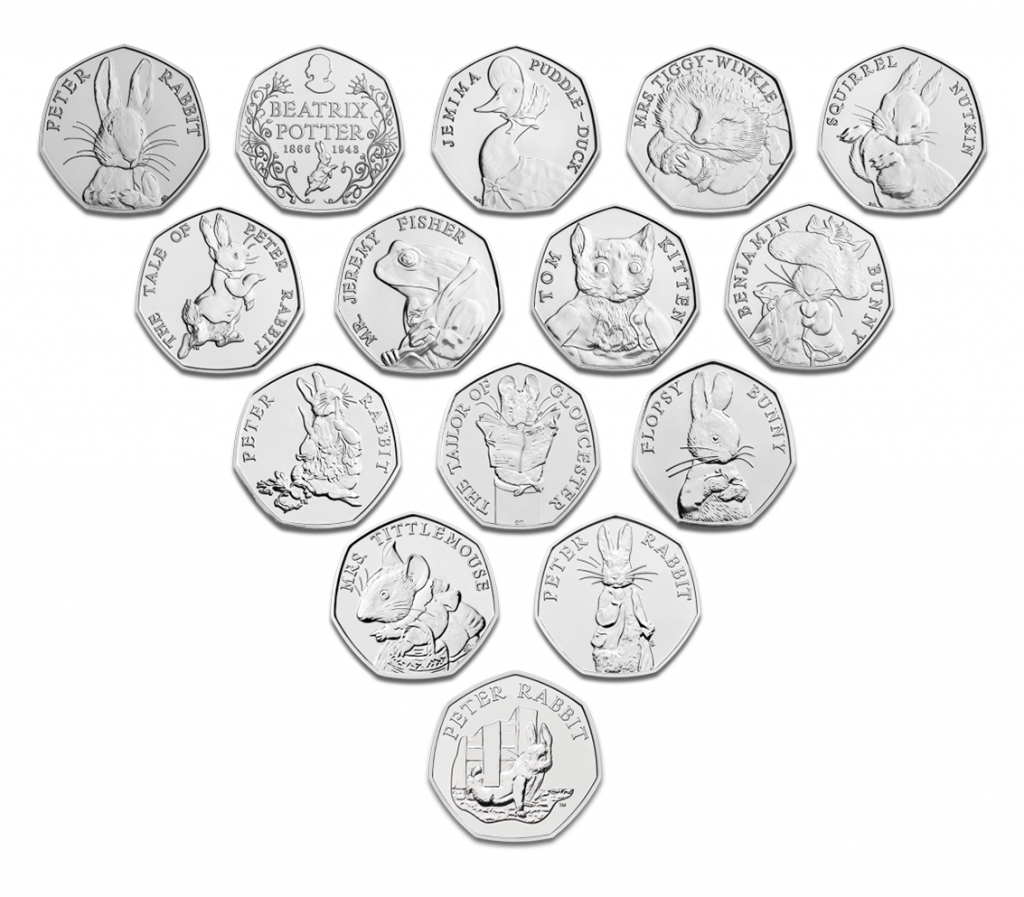
Beatrix Potter’s book ‘The Tale of Peter Rabbit’ has sold some 150 million copies since its release in 1903. The much-loved children’s character was initially featured on a 50p coin in 2016.
The 50p designs by Emma Noble have been taken straight from the illustrations of the original books and started an unprecedented collecting phenomenon. The series continued throughout 2016, 2017 and 2018 with a standalone Peter Rabbit 50p being issued in 2019 and 2020 as well.
#3 2012 Charles Dickens £2
A list of great authors wouldn’t be complete without Charles Dickens, and a list of great coins wouldn’t be complete without the Charles Dickens £2!
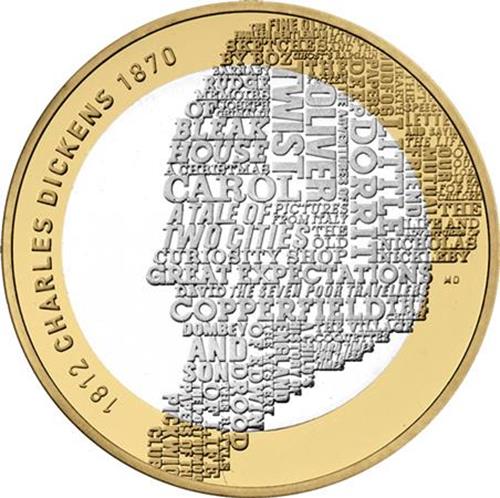
Dickens’ enchanting stories, vivid characters, and depiction of Victorian life are widely acknowledged across the world by critics and scholars alike and his novels and short stories continue to be widely popular to this day.
The reverse design of this £2 coin by Matthew Dent features Dickens’ recognisable profile crafted from the titles of his most famous works.
This coin had a circulating mintage of 8,190,000 and is one of my personal favourites!
#2 2020 Agatha Christie £2
First seen as part of the 2020 Annual Coin Set, the 2020 Agatha Christie £2 coin takes our 2nd place!
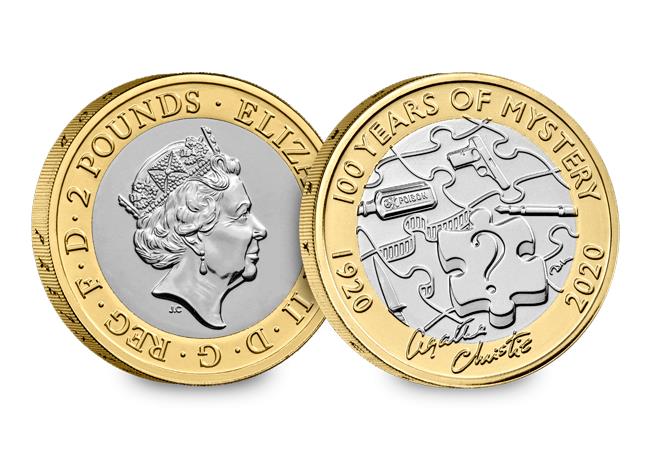
Issued to mark the 100th anniversary of Dame Agatha Christie’s genre-defining murder mysteries, the author of 66 detective novels and 150 short stories, Agatha Christie has justly earned the title of the ‘Queen of Crime’.
The reverse design of this coin, by David Lawrence, depicts a jigsaw puzzle with a question mark, representing the mystery behind her stories.
We are yet to find out if this coin will be issued for general circulation, but if it is we’re certain Change Checkers will be rushing to find it
#1 2019 Sir Arthur Conan Doyle 50p
Our personal favourite, and taking the #1 spot, the Sir Arthur Conan Doyle 50p! And for us, there really could be no other winner..
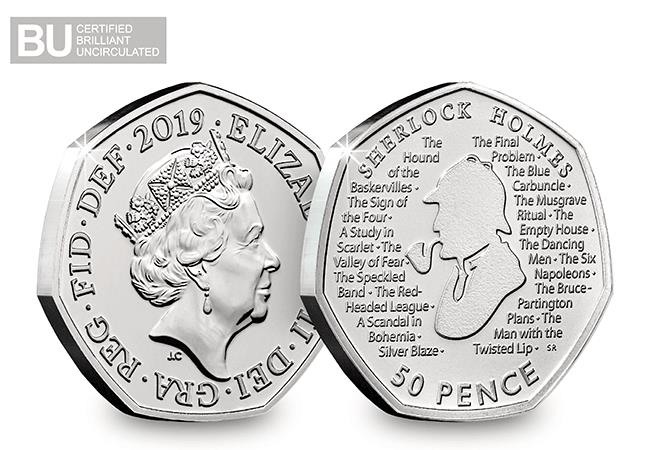
Conon Doyle revolutionised the crime genre with his creation of one Britain’s best-loved detectives, Sherlock Holmes.
To mark the 160th anniversary of Doyle’s birth, The Royal Mint issued a commemorative 50p coin paying homage to the author’s legendary works.
The reverse has been designed by Stephen Raw and features a silhouette of Sherlock Holmes smoking a pipe, surrounded by a few of the most-famous Holmes story titles.
This coin only went into circulation in 2019 so we’re yet to hear what the mintage figure is for this special 50p but we’re certain any Change Checker lucky enough to have come across this in their change will be keeping tight hold of it!
So there we have it! Britain’s best authors celebrated on UK coinage! We’ve shared our Top Five, now what are yours? Let us know in the comments below!
Secure the 2019 UK Sherlock Holmes CERTIFIED BU 50p for your collection
20 Surprising Facts About UK Coins…
Do you think you have a good knowledge of UK coinage? Well check out these 20 surprising facts that you might not know about UK coins!
1. The direction of each monarch’s effigy faces in the opposite direction to their immediate predecessor. This has been tradition since the time of Charles II onwards, with the only exception being Edward VIII, as he preferred his left portrait to his right, which was the side proposed for coins of his reign.
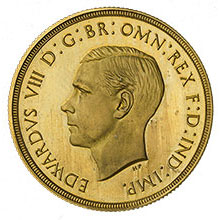
2. Two 1p coins weigh the same as one 2p coin, and two 5p coins weigh the same as one 10p coin. A 1p coin weighs 3.56g, so times that by 2 and you’ve got the weight of a 2 pence piece, 7.12g
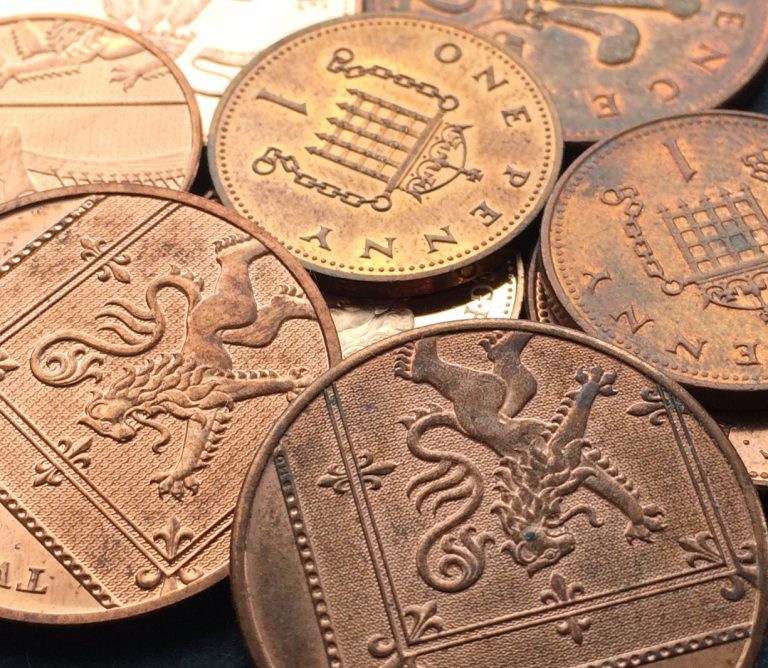
3. Whilst the high-value banknote in general circulation is the £50 note, there are such things as £1 million notes and £100 million notes. They are locked away deep in the Bank of England’s vaults and are used to back the value of every notes issued by commercial banks in Scotland and Northern Ireland.
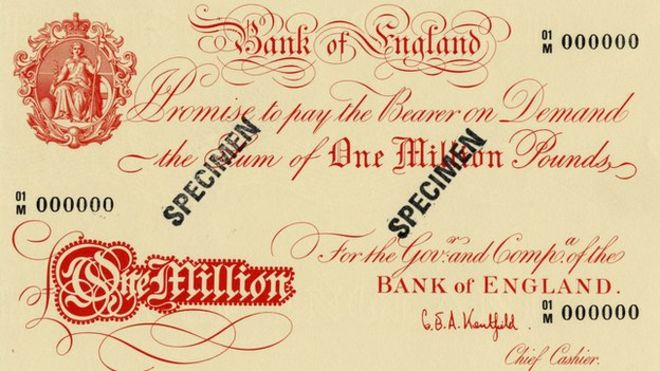
4. The word Farthing derived from a shortening of the word ‘Fourthing’. As far back as 1060, an English coin was shaped like a clover, so that any of the four leaves could be broken off and used as separate pieces of currency.
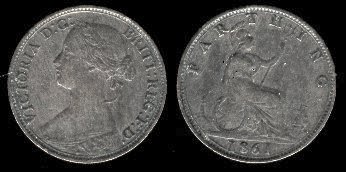
5. The commonly used term ‘quid’ actually originates from the phrase Quid Pro Quo, which translates literally to ‘what for what’. This term first appeared back in 1661!
6. According to the central banks, Brits are the world leaders at counterfeiting. There are an estimated 300 fake notes in every one million sterling notes!
7. When the UK prepared for the decimalization of its coinage, the government embarked on an enormous media campaign including leaflets, TV spots and even songs!
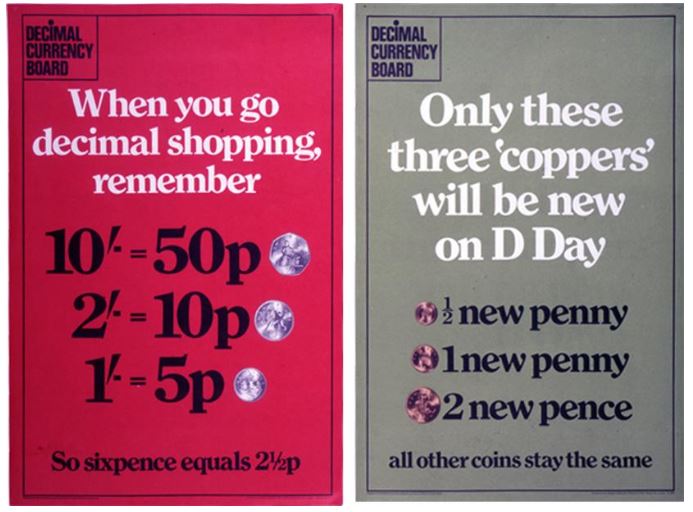
8. During the Second World War, Nazi Germany produced huge quantities of counterfeit sterling notes to try and devalue British currency. By 1945 a huge 12% of the notes in existence were counterfeit! The problem was solved by removing higher denomination notes from circulation and putting metal threads through new notes, making them harder to forge.
9. Stamps are not legal tender. Whilst you are free to accept stamps as payment for a service or goods, there is no legal obligation for you to accept them when offered. They have however been used as emergency currency in other countries.

10. You cannot pay fines in pennies. Have you ever considered paying a parking fine you didn’t think was fair with nothing but pennies? Well, be aware that the council is under no obligation to accept them! While relevant parties can choose to accept any type of payment they wish, in England and Wales restrictions apply on sums below £1.
11. Despite common belief, the polymer notes are not indestructible. Although we don’t recommend destroying them as you won’t be able to spend them!
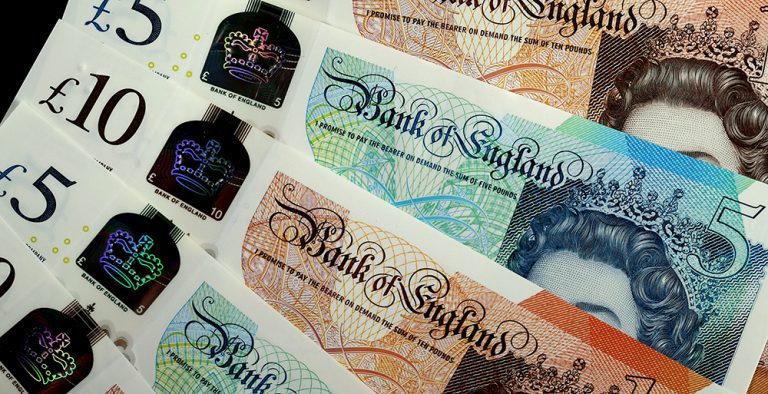
12. An estimated 28,850,000,000 UK coins are in circulation today! This is equivalent to almost 4 billion pounds worth of coins!
13. The use of gold in UK coinage ended when the First World War began. The gold sovereign, prior to 1914, was worth about £1 in circulation. However, the public were asked to hand any in to help fund the war effort. In its place came the £1 and £10 notes.
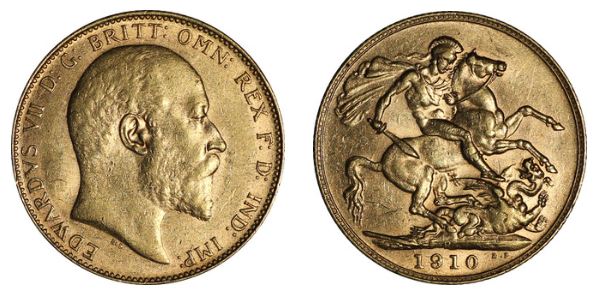
14. There is a myriad of Cockney rhyming slang to describe money. Apple core means £20, Uncle Ben means 10 and if someone asks to borrow a taxi driver, they actually mean a fiver.
15. The ‘coppers’ in your change, aren’t actually made of copper. Since 1992, 1p and 2p coins have been made of steel, with a copper plating.
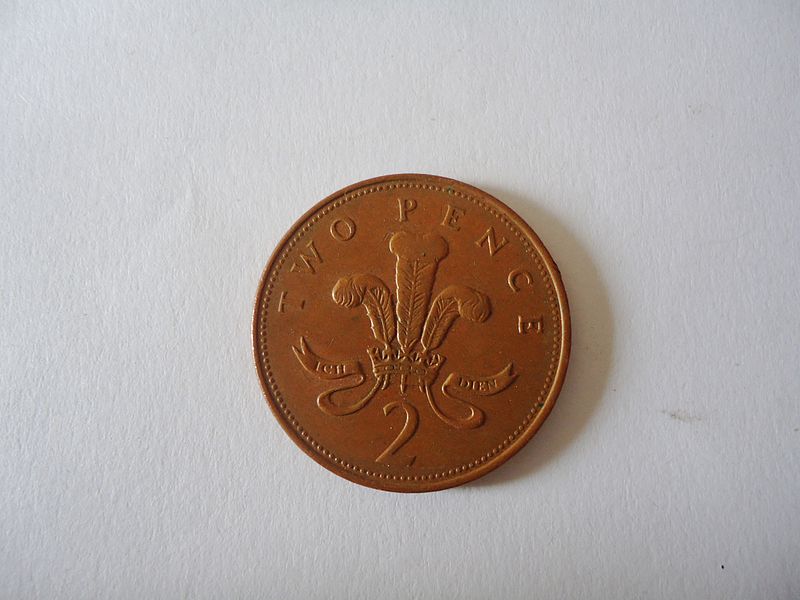
16. The UK’s current definitive coinage dated 2008 or younger, make up the design of the Shield of the Royal Arms when they are all placed together. Pretty cool, right?

17. Legend has it, the M11 has an exit but not an entry at Junction 5 to prevent would-be thieves escaping. This is because of its close proximity to the De La Rue Currency factory – where banknotes are printed for the Bank of England. This way, any potential robbers wouldn’t be able to make their escape quickly out of London and onto a motorway.
18. The Queen must officially approve any coin design before it can be made. The design is first put to the Chancellor, who then passes it on to the Queen for her official sign-off.
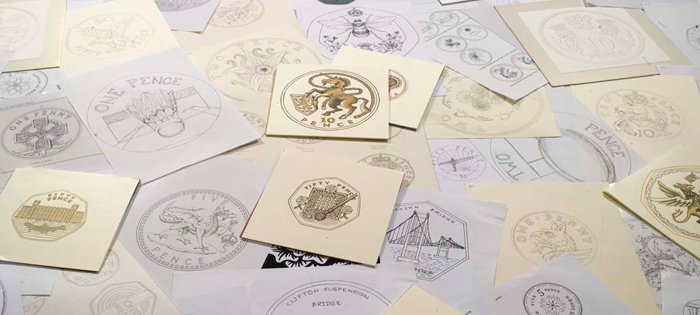
19. A full judicial trial is held to test newly-minted coins – called the Trial of the Pyx. This ceremony is held to ensure newly-minted coins conform to the required standards. The trials are held once a year and the coin’s diameter, chemical composition and weight is tested. These trials have been held since the 12th century and the process remains largely unchanged since that date!
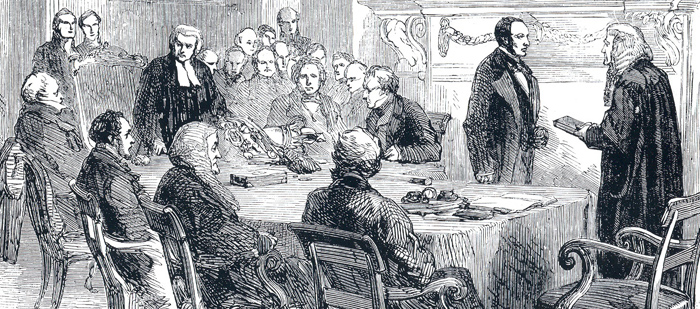
20. If you find a buried treasure chest of money and don’t report it, you could face a prison sentence! Technically any hidden treasure found in the UK belongs to the Queen! All findings must be reported to the coroner within 14 days and the treasure will be offered to museums. If the museums choose not to bid on it, then the finder/land-owner gets to receive it.
How many of these surprising facts did you already know? Let us know in the comments below!
If you’re interested in coin collecting, our Change Checker web app is completely free to use and allows users to:
– Find and identify the coins in their pocket
– Collect and track the coins they have
– Swap their spare coins with other Change Checkers

Sign up today at: www.changechecker.org/app
Design a 50p for Our Key Worker Heroes!
*** UPDATE ***
The winners have now been selected! Their designs have been brought to life on virtual 50p coins, which you can see in this video:
We all know what an incredible job our doctors, nurses, paramedics – indeed all our fabulous Key Workers are doing to help us through this challenging time.
So much so that last night, people all across the UK leaned out of their windows or stood at their doors to applaud our heroes for their hard work
And now we’re calling all our Change Checker Juniors to design a 50p just for them, as another way to show appreciation.
If you’d like to get involved, all you need to do is follow these simple steps:
1. Download this PDF and print it out.
2. Create your Key Worker Heroes design and fill in the details on the page. You can take inspiration from the UK 50ps listed on our web app!
3. Photograph your design.
4. Post a photo of your design in the comments on this Facebook post

The TOP 5 designs will be brought to life in an animation and featured in a Change Checker video, which will be available to watch on the 13th April.
Entries close at 9am on Thursday 9th April, so don’t delay!
Best of luck and happy designing!

